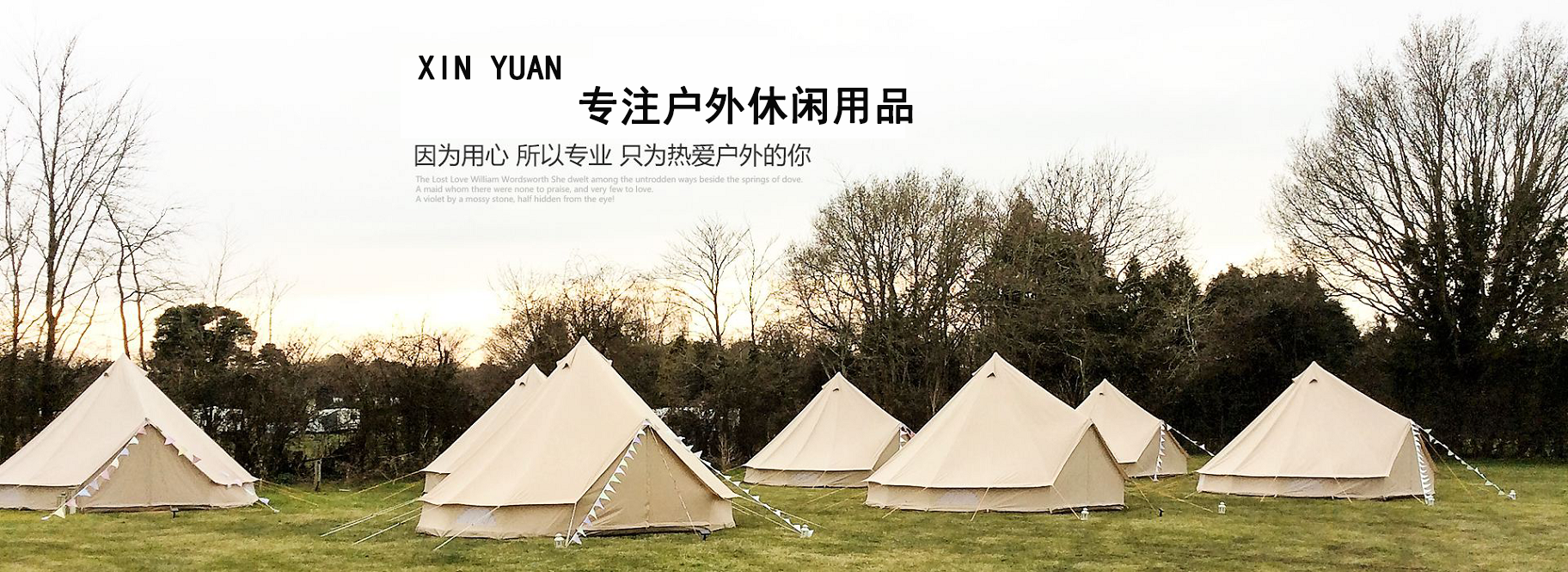Outdoor tent maintenance!
Outdoor tent maintenance! As the saying goes, "Spring is born and summer is long, autumn is harvested and winter is hidden".
In winter and March, Tibet is closed, so outdoor activities should be restrained.
The tent that accompanies us for three seasons is also a good time to collect it.
Step 0: Check
Before cleaning, set up the tent first, so that you can not only clean the account later, but also check the internal account, external account and whether there is any loss or missing of accessories. Check well before maintenance and storage to avoid being caught unprepared when it is used in the next year.
Step1 1: Cleaning
First of all, remember: absolutely, absolutely, never machine wash! Outdoor tents generally have waterproof coating or glue pressing, and machine washing will completely damage the tents.
As shown in the animation, in addition to wiping the external account, you should also remember to clean the garbage in the internal account. The tent that has been taken home will not be able to clean several cans of drinks as shown in the exaggeration in the animation, but it will inevitably have leaves and dust brought back from nature, which should also be cleaned up.
The trick is that you can gently shake the outside tent to shake off the dust on the surface.
Wipe the surface with warm water and non alkaline detergent and sponge. Never use hard objects such as brushes to scrub the tent, which will damage the waterproof coating of the tent's outer tent and damage its waterproof property.
The floor nails and braces should also be carefully cleaned. Wash away mud grass, dust, small worms and other dirt attached to it. The joints and gaps need to be carefully cleaned, otherwise the hard soil or sand may affect the normal use of the tent and shorten the service life of the tent.
Step 2: Air drying
After cleaning (after each use), the tent needs to be completely dried before it can be stored. Air drying must not be exposed to the sun, and natural air drying in a ventilated place should be adopted. Never dry your tent, and do not use a hair dryer to ensure that it will last longer. In particular, the webbing that is more difficult to dry than the inner and outer tent fabrics will cause mildew if it is not completely dried.
Step 3: Storage
The storage tent should be folded along the structure of the tent and stored separately. Do not stack heavy objects on the tent and place them in a ventilated and dry place for easy use next time. If possible, it can be taken out occasionally to check whether there is mold, and spread out for ventilation.
The tent must not be folded (it must be rolled) when it is stored. After repeated folding or long-time compression, the tent materials will damage the coating or adhesive, damage the waterproof performance of the tent, and even damage the tent itself.
And be sure to stay away from heat sources, such as the heating at home in winter and the attic of the building in summer (the heat rises, which is not conducive to storage), to prevent the change of tent fabric due to excessive temperature





